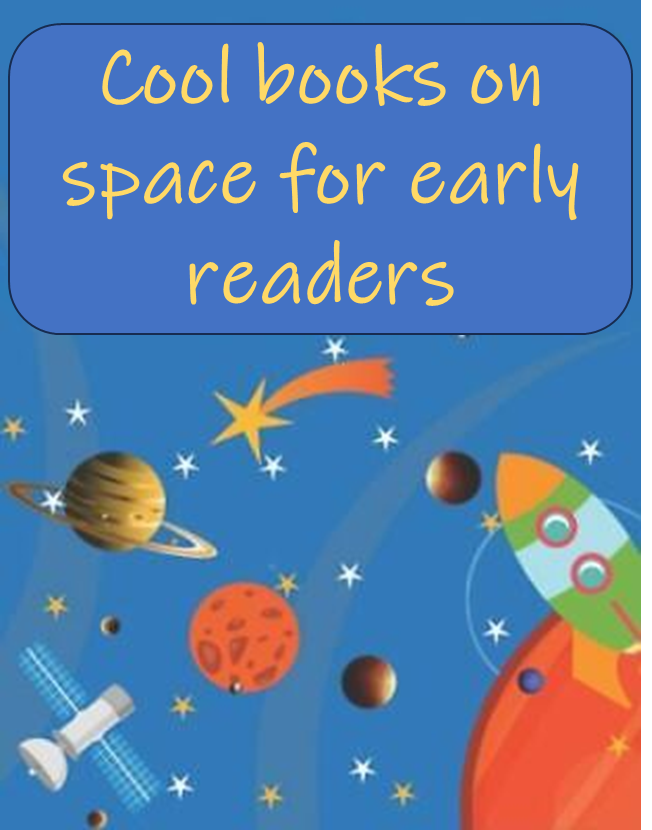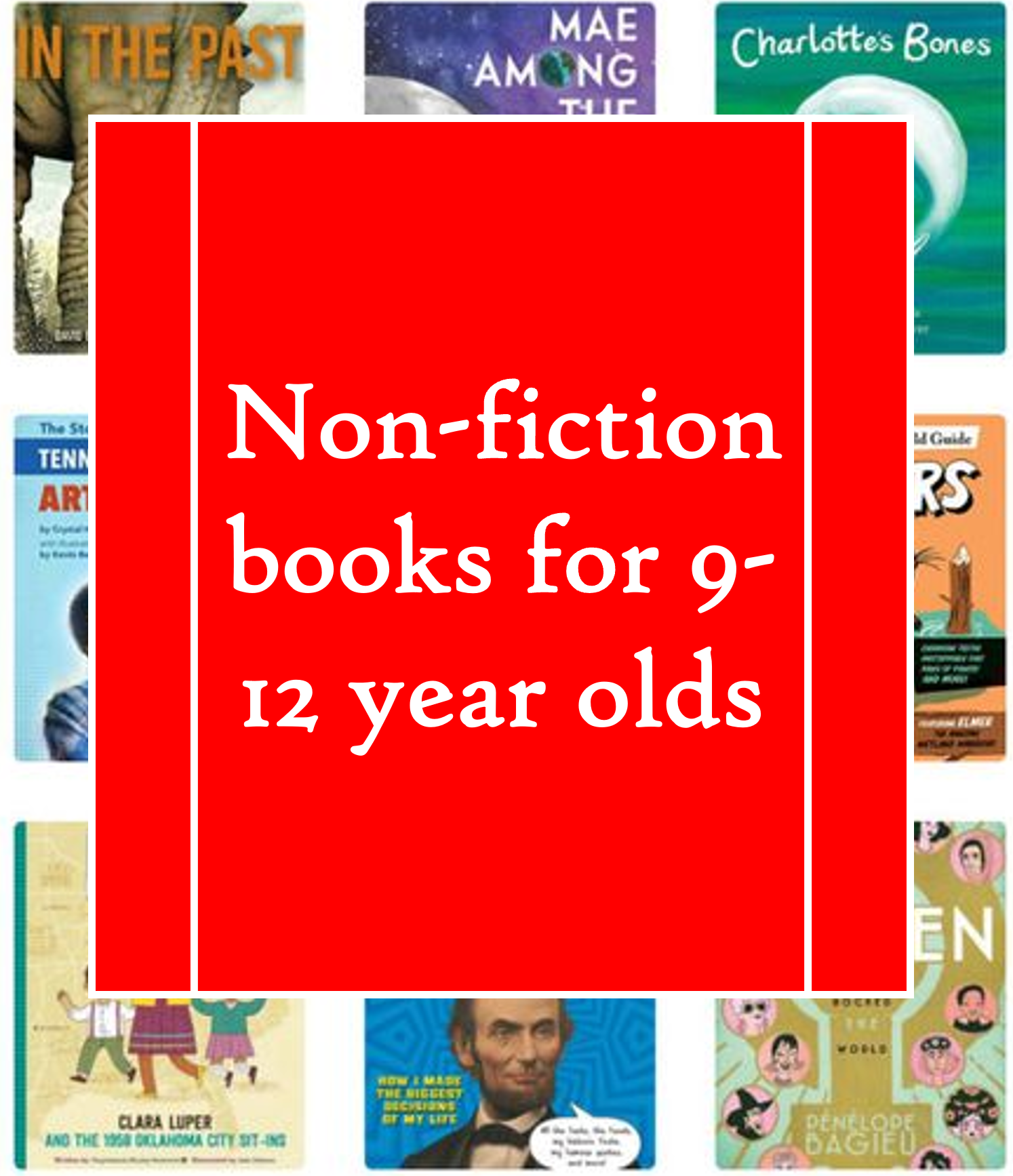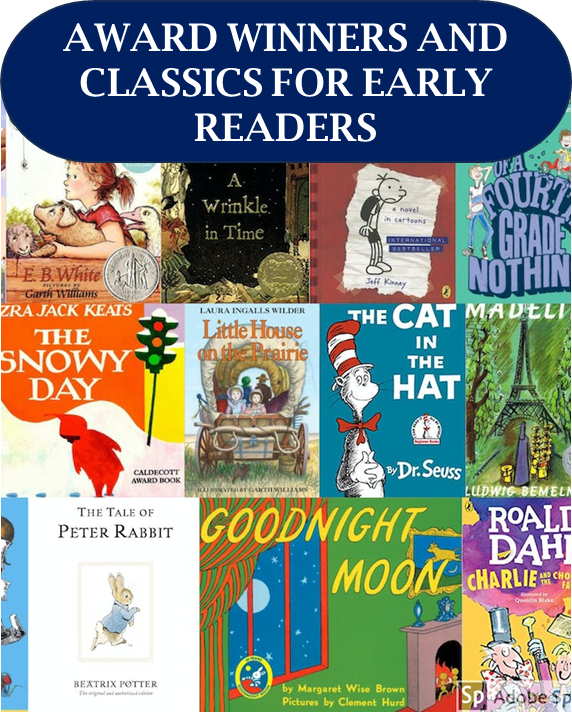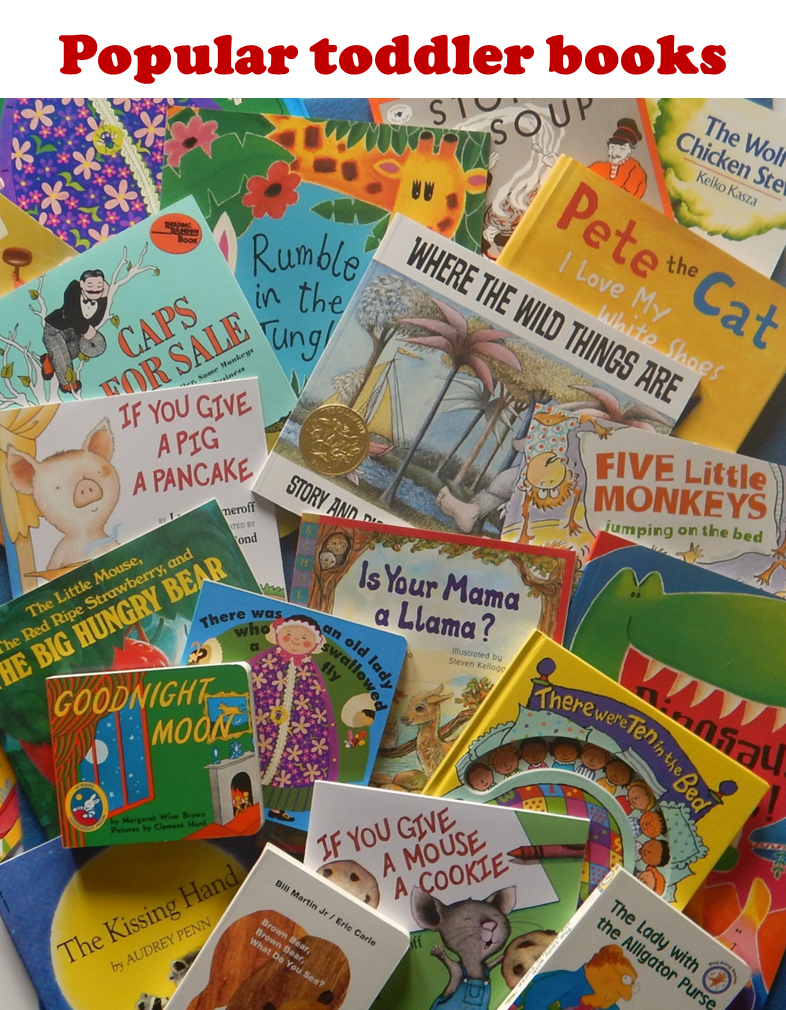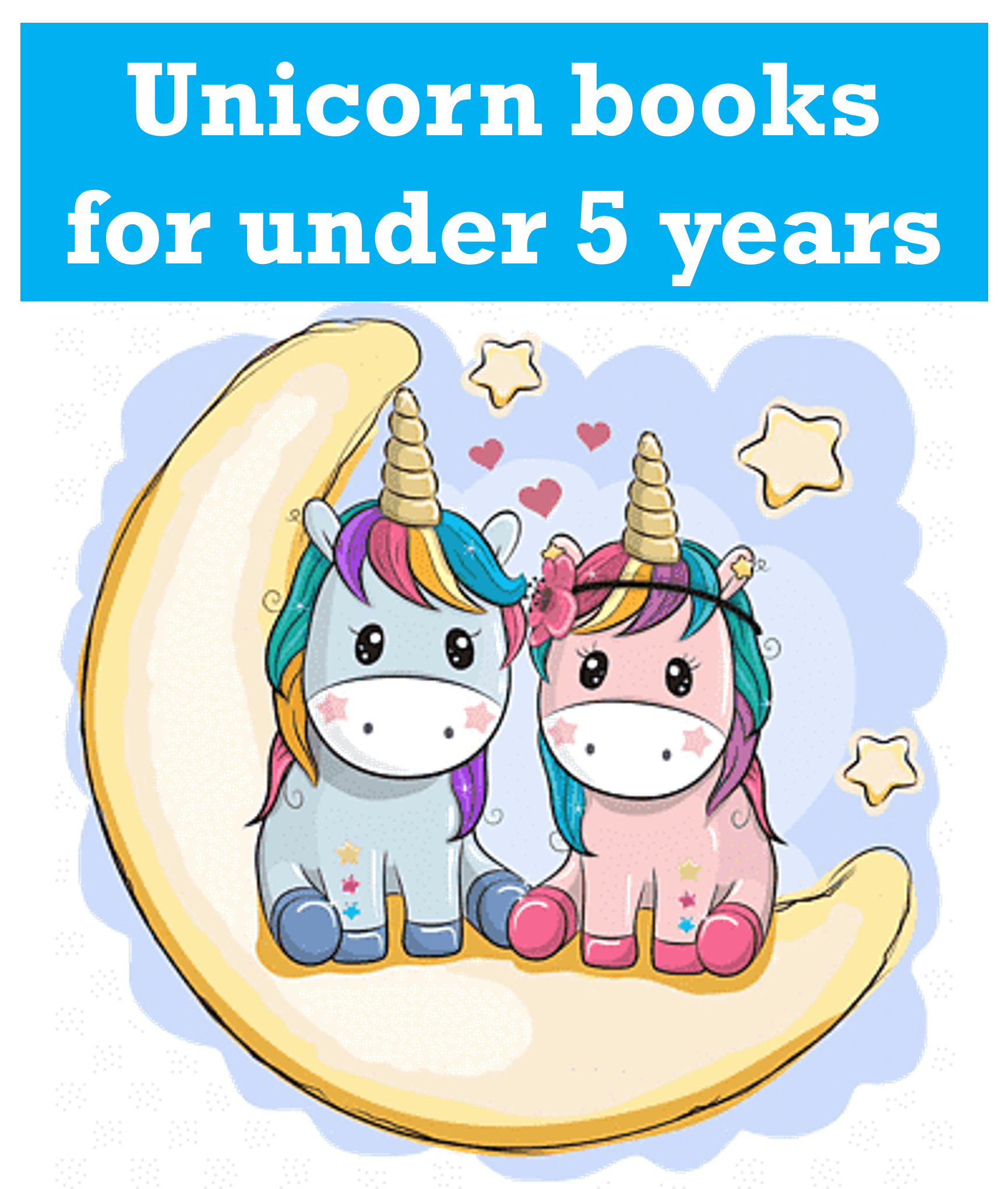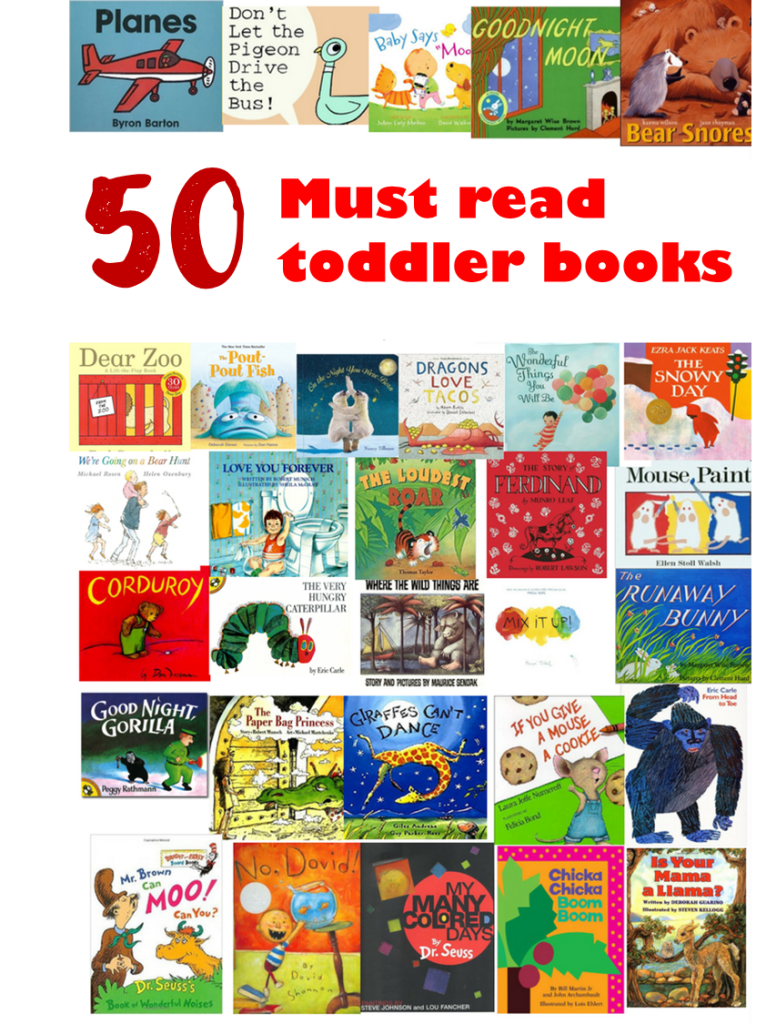
Welcome to a treasure trove of timeless tales that have captivated the hearts of toddlers for generations. In this curated list of the top 50 toddler books, you’ll discover enchanting stories, whimsical characters, and vibrant illustrations that make reading an absolute joy for little ones. From the classic bedtime charm of “Goodnight Moon” to the mischievous adventures of “The Cat in the Hat” and the heartwarming lessons in “Guess How Much I Love You,” each book holds a special place in the world of early childhood literature.
These beloved stories not only entertain but also nurture young minds, fostering a love for reading and sparking imagination. What’s particularly striking is the universal appeal and enduring relevance of these tales. The same stories that once captivated parents are now enchanting their children, creating an intergenerational tapestry of literary affection. It speaks to the enduring power of storytelling to transcend time, connecting us through the shared experience of laughter and wonder. Get ready for a journey through the pages of these cherished tales, where every flip unveils a world of discovery and joy. Happy reading!
- “Goodnight Moon” by Margaret Wise Brown (1947): A timeless bedtime classic, “Goodnight Moon” takes young readers on a rhythmic journey through a cozy room. The repetitive text and soothing illustrations create a calming atmosphere, making it a perfect choice for winding down before sleep.
- “The Very Hungry Caterpillar” by Eric Carle (1969): Eric Carle’s iconic work follows the transformation of a little caterpillar into a beautiful butterfly. With its vibrant collage-style illustrations and clever die-cut pages, the book introduces counting, days of the week, and basic food concepts in a captivating way.
- “Where the Wild Things Are” by Maurice Sendak (1963): Max, in his wolf suit, sails to the land of the Wild Things, where he becomes their king. Maurice Sendak’s imaginative tale explores the emotions of childhood and the comfort of returning home, beautifully illustrated with wild and endearing monsters.
- “Brown Bear, Brown Bear, What Do You See?” by Bill Martin Jr. and Eric Carle (1967): A captivating introduction to colors and animals, this repetitive and rhythmic book engages young readers as they follow the journey of various animals, each asking the next, “What do you see?”
- “Guess How Much I Love You” by Sam McBratney (1994): In this heartwarming tale, Little Nutbrown Hare and Big Nutbrown Hare express their love for each other through endearing comparisons, culminating in a declaration of boundless love.
- “Chicka Chicka Boom Boom” by Bill Martin Jr. and John Archambault (1989): This lively alphabet book features a race to the top of a coconut tree, as lowercase letters attempt to climb, with humorous consequences. The rhythmic and playful text makes learning the alphabet a joyous experience.
- “If You Give a Mouse a Cookie” by Laura Numeroff (1985): A delightful chain reaction story unfolds as a mouse’s request for a cookie leads to a series of comical events. Laura Numeroff’s whimsical tale is complemented by Felicia Bond’s charming illustrations.
- “The Snowy Day” by Ezra Jack Keats (1962): Join Peter on his enchanting adventure in a snowy world. Ezra Jack Keats’ groundbreaking book, featuring the first African American protagonist in a full-color picture book, captures the joy and wonder of a winter day.
- “Love You Forever” by Robert Munsch (1986): This emotionally resonant story follows the lifelong connection between a mother and her son. Through the ups and downs of life, the book portrays the enduring nature of a parent’s love.
- “Corduroy” by Don Freeman (1968): Corduroy, a teddy bear missing a button, embarks on a journey through a department store in search of a new home. Don Freeman’s heartwarming tale celebrates friendship and acceptance.
- “Green Eggs and Ham” by Dr. Seuss (1960): Dr. Seuss masterfully crafts a whimsical tale of Sam-I-Am, who persistently encourages a character to try unconventional green eggs and ham. The rhythmic and rhyming text makes it a delightful read-aloud.
- “The Gruffalo” by Julia Donaldson (1999): Join a clever mouse as it invents a fearsome creature, the Gruffalo, to ward off predators in the deep, dark woods. However, the mouse’s imagination is put to the test when it encounters a real Gruffalo.
- “We’re Going on a Bear Hunt” by Michael Rosen (1989): A rhythmic and repetitive journey unfolds as a family embarks on a bear hunt, facing various obstacles. Michael Rosen’s captivating storytelling paired with Helen Oxenbury’s evocative illustrations create an engaging adventure.
- “Harold and the Purple Crayon” by Crockett Johnson (1955): Follow Harold’s imaginative adventures as he creates a world with his magical purple crayon. Crockett Johnson’s minimalist yet captivating illustrations showcase the power of creativity.
- “Where Is Baby’s Belly Button?” by Karen Katz (2000): In this interactive lift-the-flap book, young readers join a baby in the search for its belly button, discovering various body parts along the way. Karen Katz’s bold and colorful illustrations engage toddlers in this playful exploration.
- “The Cat in the Hat” by Dr. Seuss (1957): Dr. Seuss introduces the mischievous Cat in the Hat, who brings chaos to the home of two children on a rainy day. The lively rhymes and whimsical illustrations make it a timeless and entertaining read.
- “Dear Zoo” by Rod Campbell (1982): In this lift-the-flap book, a child writes to the zoo requesting the perfect pet. Rod Campbell’s interactive storytelling and simple illustrations captivate young readers as they unveil each surprise animal.
- “Blue Hat, Green Hat” by Sandra Boynton (1984): Sandra Boynton’s humorous book follows a turkey who consistently wears items of clothing in the wrong way. The repetitive text and amusing illustrations make it a delightful read for toddlers.
- “The Going-To-Bed Book” by Sandra Boynton (1982): Join a group of animals as they go through their bedtime routine in this charming board book. Sandra Boynton’s rhythmic text and endearing characters make it a perfect bedtime story.
- “Don’t Let the Pigeon Drive the Bus!” by Mo Willems (2003): Mo Willems’ humorous story features a determined pigeon who pleads with the reader to let it drive the bus. The engaging dialogue and expressive illustrations make it a playful and interactive experience.
- “The Tale of Peter Rabbit” by Beatrix Potter (1902): Beatrix Potter’s classic tale follows the mischievous Peter Rabbit as he ventures into Mr. McGregor’s garden against his mother’s warnings. The charming illustrations and timeless story continue to captivate young readers.
- “Dear Zoo” by Rod Campbell (1982): A timeless lift-the-flap book where a child writes to the zoo in search of the perfect pet. Rod Campbell’s simple yet engaging storytelling introduces various animals and their characteristics.
- “The Little Engine That Could” by Watty Piper (1930): Watty Piper’s motivational story follows a determined little blue engine that successfully pulls a train over a mountain, teaching the power of optimism and perseverance.
- “Llama Llama Red Pajama” by Anna Dewdney (2005): Join Baby Llama as he experiences separation anxiety when Mama Llama puts him to bed. Anna Dewdney’s relatable story and expressive illustrations resonate with young children and parents alike.
- “Where’s Spot?” by Eric Hill (1980): In this lift-the-flap book, children join the search for Spot the dog in various places around the house. Eric Hill’s interactive storytelling and adorable illustrations make it a delightful exploration.
These books aren’t just ink on paper; they’re portals to shared moments, whispered giggles, and bedtime snuggles. As we delve into the rich narratives, from the imaginative escapades of “Harold and the Purple Crayon” to the reassuring embrace of “Love You Forever,” it becomes evident that these stories are more than literary companions—they’re building blocks of cherished childhood memories.
- “The Monster at the End of This Book” by Jon Stone (1971): A beloved Sesame Street classic where Grover desperately tries to prevent readers from reaching the end of the book, fearing a monster. Jon Stone’s playful narrative engages young readers with a surprise ending.
- “Bread and Jam for Frances” by Russell Hoban (1964): Russell Hoban’s endearing story follows Frances the badger as she goes through a phase of eating only bread and jam. The tale explores themes of individuality and acceptance with humor and warmth.
- “Madeline” by Ludwig Bemelmans (1939): Ludwig Bemelmans introduces readers to twelve little girls in two straight lines, led by the smallest but most fearless one, Madeline. The rhythmic text and charming illustrations capture the adventures of this spirited character.
- “The Rainbow Fish” by Marcus Pfister (1992): Marcus Pfister’s beautifully illustrated book tells the story of the Rainbow Fish, who learns the joy of sharing and the true meaning of beauty. The shimmering scales of the Rainbow Fish have captivated generations of young readers.
- “I Love You, Stinky Face” by Lisa McCourt (1997): Lisa McCourt’s imaginative conversation between a mother and her curious child explores the unconditional nature of parental love. The whimsical scenarios and reassuring responses make it a heartwarming read.
- “The Mitten” by Jan Brett (1989): Jan Brett’s Ukrainian folktale retelling features a lost mitten that becomes a cozy refuge for a variety of woodland animals. The intricate illustrations and engaging storyline make it a winter favorite.
- “The Polar Express” by Chris Van Allsburg (1985): Chris Van Allsburg’s magical Christmas story follows a boy’s train journey to the North Pole on the Polar Express. The evocative illustrations and themes of belief and wonder make it a holiday classic.
- “Are You My Mother?” by P.D. Eastman (1960): P.D. Eastman’s charming story follows a baby bird’s quest to find its mother, encountering various animals and objects along the way. The simple text and expressive illustrations make it an engaging read for young children.
- “One Fish, Two Fish, Red Fish, Blue Fish” by Dr. Seuss (1960): Dr. Seuss’ playful exploration of colors, numbers, and fantastical creatures invites young readers to embark on a whimsical journey. The rhythmic text and imaginative illustrations make it a delightful learning experience.
- “The Little Mouse, the Red Ripe Strawberry, and the Big Hungry Bear” by Don Wood (1984): Don Wood’s delightful tale features a clever mouse trying to protect its prized strawberry from the elusive Big Hungry Bear. The anticipation builds throughout the story, creating a sense of suspense and humor.
- “The Snowman” by Raymond Briggs (1978): Raymond Briggs’ wordless picture book captures the magical adventure of a boy and his snowman on Christmas Eve. The detailed illustrations convey a heartwarming friendship and the enchantment of a snowy night.
- “Caps for Sale” by Esphyr Slobodkina (1938): Esphyr Slobodkina’s classic tale follows a cap peddler and his encounter with mischievous monkeys who mimic his actions. The repetitive and rhythmic text, combined with bold illustrations, creates a captivating and humorous story.
- “Press Here” by Hervé Tullet (2011): Hervé Tullet’s interactive and imaginative book invites children to engage with the pages by following simple instructions. The book’s design prompts young readers to participate actively in the unfolding story, fostering a sense of creativity and control.
- “The Very Busy Spider” by Eric Carle (1984): Eric Carle’s tactile story follows a spider diligently spinning its web despite various distractions from farm animals. The textured illustrations and repetitive text engage young readers in this nature-inspired tale.
- “Alexander and the Terrible, Horrible, No Good, Very Bad Day” by Judith Viorst (1972): Judith Viorst’s relatable story follows Alexander through a day filled with mishaps and frustrations. The humorous and honest narrative resonates with children facing challenges and offers a lighthearted perspective on tough days.
- “Curious George” by H.A. Rey and Margret Rey (1941): The misadventures of the curious little monkey, George, and his friend, the Man in the Yellow Hat, unfold in this classic series by H.A. Rey and Margret Rey. George’s innocent curiosity often leads to humorous and endearing situations.
- “The Tale of Benjamin Bunny” by Beatrix Potter (1904): Beatrix Potter’s sequel to “The Tale of Peter Rabbit” follows the adventures of Peter’s cousin, Benjamin Bunny. The charming illustrations and gentle storytelling continue the enchanting world of the beloved characters.
- “The Napping House” by Audrey Wood (1984): Audrey Wood’s cumulative tale unfolds as various characters, including a granny, a child, and a dog, pile up for a nap. The rhythmic text and whimsical illustrations create a cozy and humorous atmosphere.
- “Owl Babies” by Martin Waddell (1992): Martin Waddell’s gentle story explores the anxieties of three baby owls waiting for their mother to return. The expressive illustrations and comforting resolution make it a reassuring read for young children.
- “Jamberry” by Bruce Degen (1983): Bruce Degen’s joyful and rhythmic journey through a land of berries with two friends is a celebration of imagination and friendship. The vibrant illustrations and playful text make it a delightful read-aloud.
- “Big Red Barn” by Margaret Wise Brown (1954): Margaret Wise Brown’s simple and rhythmic story follows the activities of animals on a farm as they prepare for bedtime. The soothing text and charming illustrations create a tranquil bedtime atmosphere.
- “The Little Red Hen” by Paul Galdone (1954): Paul Galdone’s classic fable tells the story of the Little Red Hen, who diligently works to plant, harvest, and bake bread, highlighting the importance of hard work and cooperation.
- “Pout-Pout Fish” by Deborah Diesen (2008): Deborah Diesen’s underwater adventure features Mr. Fish, who discovers the power of a positive attitude and spreads happiness to his fellow sea creatures. The playful rhyme and expressive illustrations make it an engaging story.
- “Five Little Ducks” by Raffi (1988): Based on the popular nursery rhyme, Raffi’s book features adorable ducklings and their mother in a counting adventure. The repetition and musical rhythm make it an interactive and enjoyable read.
- “The Runaway Bunny” by Margaret Wise Brown (1942): Margaret Wise Brown’s tender story follows a little bunny who imagines various scenarios of running away, only to be reassured by his mother’s unwavering love. The comforting and timeless theme of maternal love resonates with readers of all ages.





